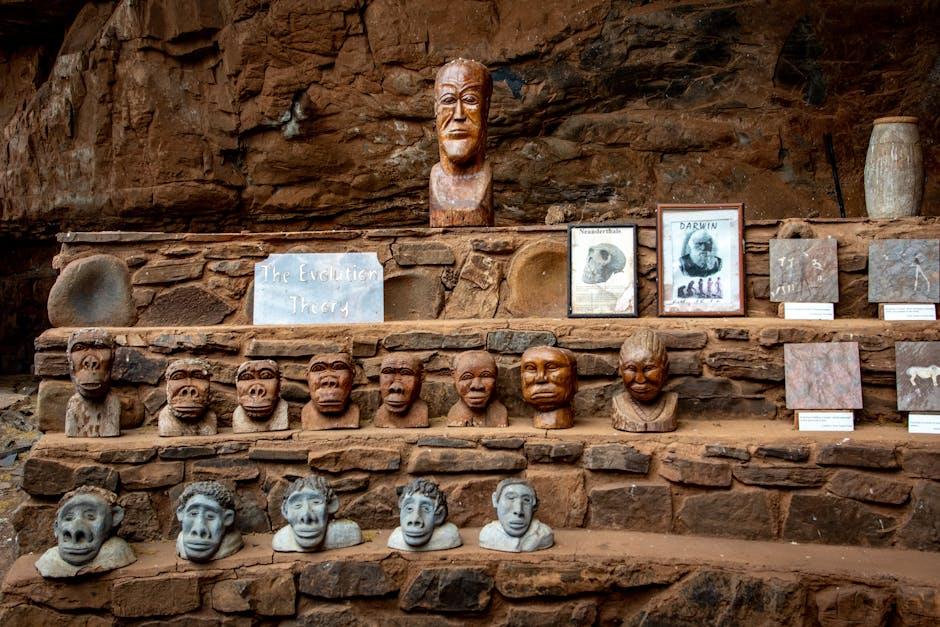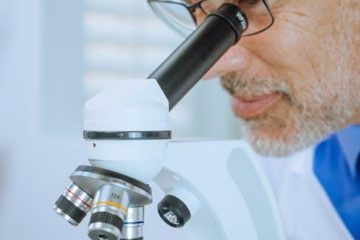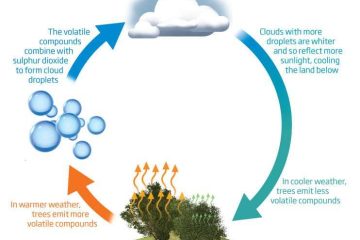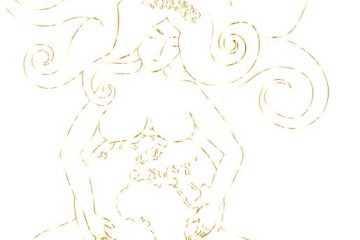Step into the fascinating world of Gaia Theory simplified, where science intertwines with the intricate web of Earth’s ecosystems. Explore the profound connections between living organisms and their environments, as we unravel the beauty of symbiosis and balance in nature. Join us on a journey to demystify this complex theory and uncover its simple yet profound wisdom. Let’s delve into the essence of Gaia Theory and discover the harmony that exists between Earth and all its inhabitants.
Table of Contents
- Understanding Gaia Theory: Exploring the Interconnectedness of Earth
- Simplified Explanation of Gaia Theory for Beginners
- Applying Gaia Theory to Promote Environmental Awareness and Conservation
- Practical Tips for Embracing Gaia Theory in Everyday Life
- Q&A
- The Way Forward
Understanding Gaia Theory: Exploring the Interconnectedness of Earth
Embark on a journey to unravel the intricate web of connections that form the foundation of Gaia Theory. At its core, this theory delves deep into the symbiotic relationship between the Earth and all its living and non-living components. Imagine Earth as a single living organism, where every part, from the oceans to the forests, plays a vital role in maintaining the delicate balance of life.
Through the lens of Gaia Theory, we come to understand that the planet operates as a complex, self-regulating system. Each element, whether a mountain range or a microbial community, influences and is influenced by the others in a perpetual dance of interdependence. By recognizing and respecting this interconnectedness, we can gain profound insights into the resilience and fragility of our planet.

Simplified Explanation of Gaia Theory for Beginners
The Gaia theory, at its core, proposes that the Earth is a self-regulating system where living organisms interact with the inorganic elements to maintain the conditions necessary for life. Imagine Earth as a giant interconnected organism where all living and non-living components work together in harmony, like a symphony orchestrated by nature itself.
In this fascinating theory, the Earth’s atmosphere, oceans, and landmasses function as a single, self-regulating system, ensuring stability and balance for life to thrive. Key concepts within the Gaia theory include feedback loops, homeostasis, and the interconnectedness of all living beings on our planet, highlighting the intricate web of relationships that sustain life on Earth. An analogy often used is that the Earth functions like a living organism, where each species and element plays a crucial role in maintaining the planet’s overall well-being.
Applying Gaia Theory to Promote Environmental Awareness and Conservation
Embracing Gaia Theory offers a fresh perspective on how interconnected our planet truly is. By viewing Earth as a single living organism, we can better understand the delicate balance between all living beings and ecosystems. This holistic approach serves as a powerful reminder of the impact humans have on the environment and underscores the importance of sustainable practices for the well-being of Gaia.
<p>**Key Points:**</p>
<ul>
<li>Encourages a deep connection with nature.</li>
<li>Highlights the need for environmental stewardship.</li>
<li>Promotes harmony between humans and the Earth.</li>
<li>Ignites a sense of responsibility for conservation efforts.</li>
</ul>
Practical Tips for Embracing Gaia Theory in Everyday Life
When incorporating the principles of Gaia Theory into your daily routine, small changes can make a significant impact. Start by connecting with nature on a deeper level. Take leisurely walks in the woods, sit by a babbling brook, or simply spend time under the open sky. Engaging with the natural world helps you appreciate the interconnectedness of all living beings.
Another practical way to embrace Gaia Theory is to adopt eco-friendly habits. Reduce single-use plastics by carrying a reusable water bottle and shopping with sustainable bags. Compost organic waste and support local farmers markets for fresh, locally sourced produce. By making conscious choices that benefit the planet, you contribute to the harmonious balance that Gaia Theory advocates.
| Practice | Impact |
|---|---|
| Reducing plastic waste | Preserves marine life |
| Composting | Enriches soil quality |
Q&A
Q: What is Gaia theory in simple terms?
A: Gaia theory, in essence, suggests that the Earth functions as a self-regulating organism to maintain conditions suitable for life.
Q: Who proposed Gaia theory?
A: The theory was proposed by scientist James Lovelock and biologist Lynn Margulis in the 1970s.
Q: How does Gaia theory differ from traditional views of Earth?
A: Unlike traditional views that see Earth as a passive backdrop to life, Gaia theory sees Earth as an active, living system that interacts with life forms to create a self-regulating environment.
Q: What are some examples of Gaia theory in action?
A: Examples include the regulation of temperature, composition of the atmosphere, and ocean salinity to support life on Earth.
Q: Is Gaia theory widely accepted in the scientific community?
A: While it has sparked debates and discussions, Gaia theory has garnered attention and interest among scientists exploring the interconnections between life and the environment.
Q: How does Gaia theory impact our understanding of environmental issues?
A: Gaia theory emphasizes the interconnectedness of all life forms and their impact on the environment, highlighting the importance of preserving the delicate balance for the well-being of all species on Earth.
The Way Forward
As we journey through the realms of the Gaia Theory Simple, we unearth a profound connection between Earth and all living beings. This theory, like a gentle whisper from nature herself, reminds us of our delicate yet powerful bond with the planet we call home. Let us tread lightly, with gratitude in our hearts, and a renewed sense of responsibility to cherish and preserve the intricate web of life that surrounds us. Embrace the wisdom that Gaia bestows upon us, for in her balance lies the beauty and sustenance of our existence. So, as we conclude this exploration, may we walk forward with a deeper reverence for the interconnectedness of all things, knowing that in nurturing Gaia, we ultimately nurture ourselves.



0 Comments